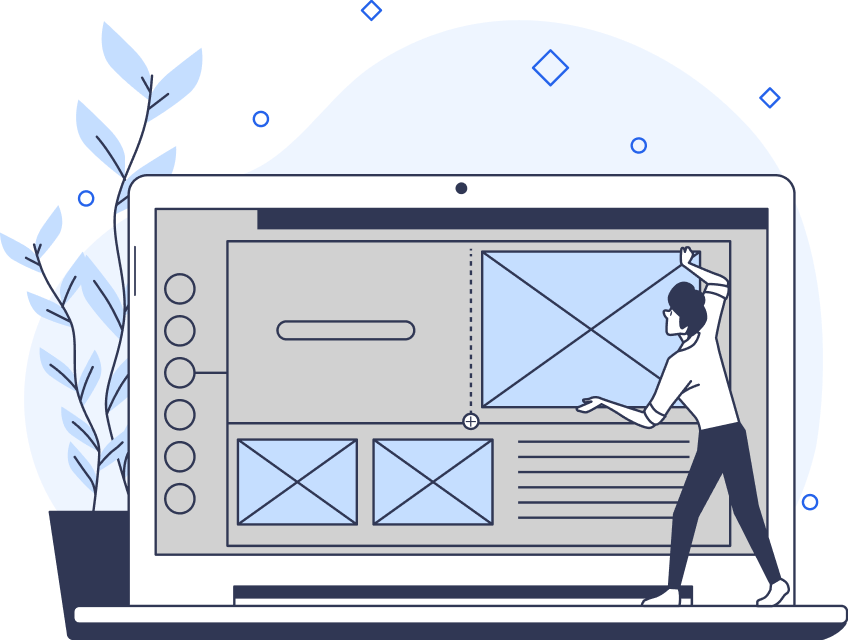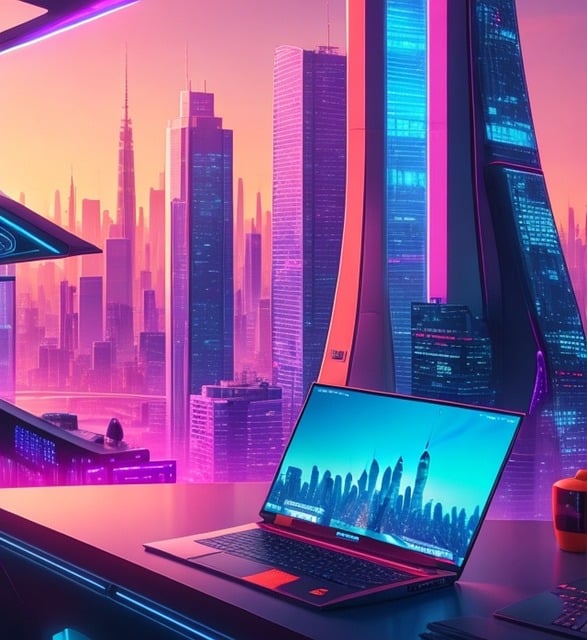It’s no secret that superior UI design relies upon the latest trends and technologies to appeal to target users. The question is, “What are these technologies, and how do designers implement them?”
In today’s guide, we’ll explore these modern, popular technologies in more detail.
We’ll focus on the front-end UI technologies that help designers build the products we love to use every day. Then, we’ll look further into the technologies that have become must-have trends in the world of UI design.
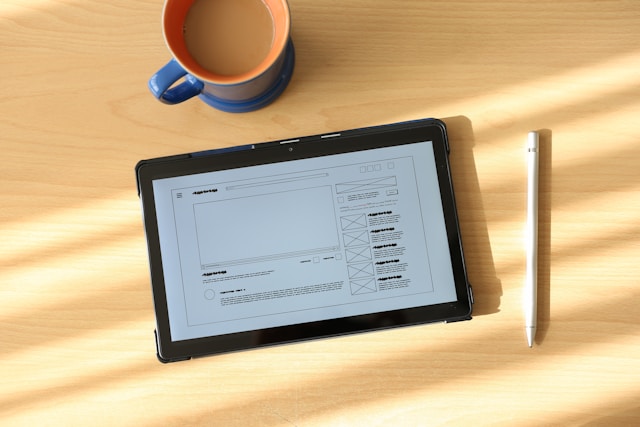
What Are User Interface Technologies?
We need first to address what a user interface is. A user interface bridges the gap between your users and your digital products. In other words, a UI is the point at which your users interact with your website or mobile app.
So, with that in mind, UI technologies refer to the tools that a UI designer uses to build user interfaces. Beyond building compelling user interfaces, you can also leverage these technologies to implement the latest design trends into your products.
Exploring Popular UI Technologies
To start with, we’ll discuss popular UI technologies that UI designers use to build engaging user interfaces.
This discussion will focus on the front-end development aspect of creating user interfaces. If you’re unfamiliar with front-end development, it simply relates to the technologies designers use to create the appearance of UIs.
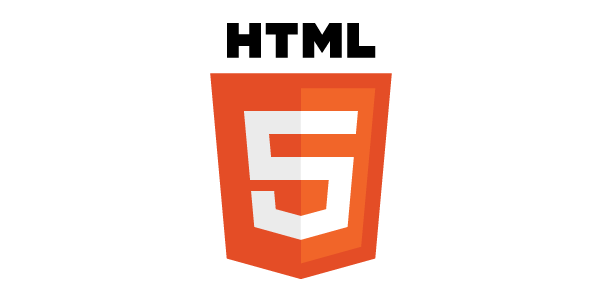
1. HTML5 (Hypertext Markup Language)
HTML5 is the fifth version and latest iteration of HTML, which is the standard markup language for web page creation. You can use HTML5 to create, organize, and display a web page’s structure and content.
Unlike its predecessors, HTML5 allows for a more flexible, dynamic approach to UI creation. Specifically, HTML5 prioritizes responsive design and faster performance speeds, resulting in a more universal user experience.
What’s more, HTML5 supports other essential UI elements like audio, animations, and videos.
Given that 87% of video marketers claim that videos helped them generate leads, according to Wyzowl, HTML5 is a must-have for UI designers.

2. React
React is a front-end, component-based JavaScript library that designers can use to build interactive user interfaces.
Built by Facebook software engineer Jordan Walke, many attribute React’s popularity to its reusable UI components and Virtual DOM.
With a vast reusable UI component library, designers no longer have to re-create visual elements that already exist. As you can imagine, this saves designers valuable amounts of time and effort.
As for React’s Virtual DOM, if you’re unfamiliar with the concept, it refers to a virtual copy of a UI. This lightweight representation of a UI (Real DOM) allows designers to test updates/optimizations without directly manipulating the Real DOM.
Essentially, React’s Virtual DOM takes the pressure off designers when making potentially inefficient changes to their UIs.

3. Vue
Vue is a lightweight, versatile JavaScript framework that enables designers and web developers to construct web user interfaces.
Vue is a popular JS framework that makes use of two-way data binding and routing.
Data binding relates to the connection between a digital product’s UI and the data it displays. With two-way data binding, any change in the data will automatically update the UI and vice versa.
Like React’s component library, this feature saves designers and developers valuable amounts of time. It also makes for a much more dynamic and responsive UI, which enhances the user’s experience.
As for routing, with a router, you can dictate what happens when a user visits a particular page/screen. With a Vue router, you can tie a browser’s URL to the content that the user experiences. As a result, the user can enjoy smoother navigation when interacting with your products.
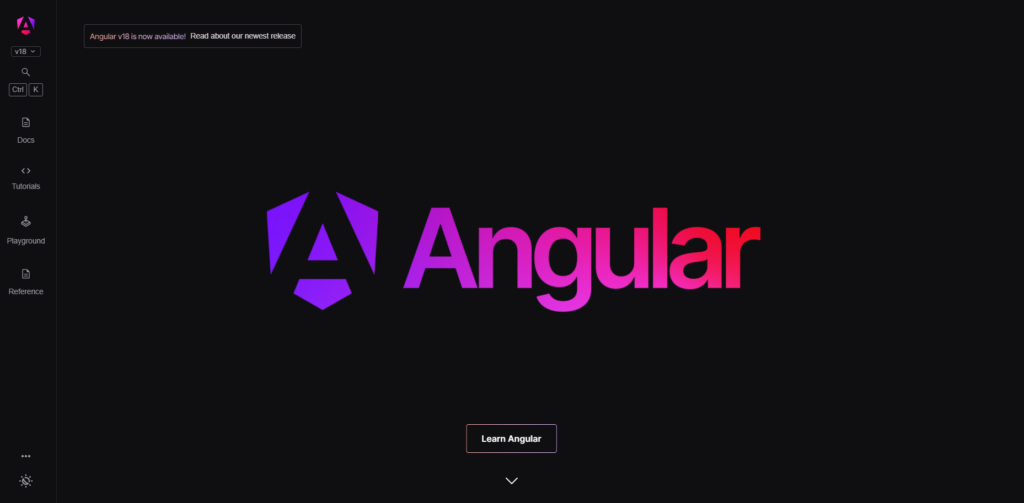
4. Angular
Angular is a TypeScript-based development framework that designers primarily use to build single-page web applications.
Like Vue, Angular makes use of two-way data binding, but it has a slight edge thanks to its TypeScript-based composition. Due to its static typing feature, TypeScript code is clean, easily readable, and generally contains fewer errors than JavaScript.
This means that, with Angular, it’s easier to build error-free UIs in an efficient manner.
Angular also has a Model-View-View Model (MVVM) architecture. In this architecture, the model represents the data, and the view represents what the users see. Lastly, this model serves as the middle ground between the two.
This architecture separates the program logic from the UI’s controls, making applications much easier to test, maintain, and scale.
Examining Modern UI Technologies
Now, let’s shift focus to modern UI technologies – the trending technologies that designers use to enhance their UIs.
Pair the trends in this section with what you know of UI best practices. By doing so, you’ll maximize the potential of the UI technologies below.
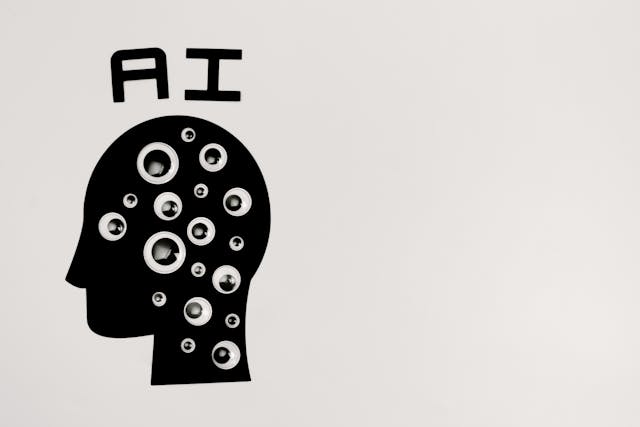
1. AI
Artificial intelligence (AI) is a great UI design tool for many reasons. The first reason is that analyzing copious amounts of user-related data is something that AI excels at.
So, by leveraging AI algorithms, you can gain deeper insight into your target users’ preferences and design your UIs accordingly. The result — a hyper-personalized UI that meets and exceeds your target users’ expectations.
You can also use generative AI programs like Midjourney to create compelling images to attract your target users.
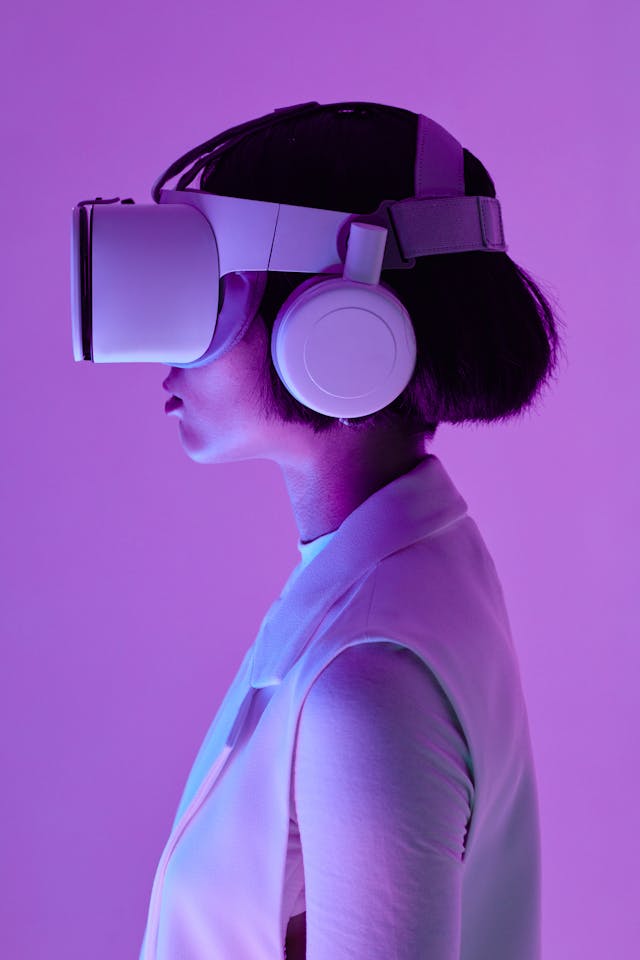
2. Augmented Reality (AR) & Virtual Reality (VR)
AR and VR break the boundaries of traditional static UIs, bringing a never-seen-before element to UI design – immersion.
With AR and VR, designers can explore the uncharted waters of spatial design, hyperrealistic dimensionality, and multi-sensory user experiences.
Although designers have to contend with the limitations of physical space and unbroken immersive experiences, AR/VR is immensely popular.
Tools like Unity and Blender will help you build a digitally rendered world in which your users can immerse themselves.

3. Voice User Interfaces (VUIs)
VUIs relate to user interfaces that utilize speech recognition technology to achieve human-computer interaction. In other words, users can interact with a VUI using nothing else but their speech commands.
VUIs are a testament to accessibility, thanks to their hands-free and eyes-free composition. They are the gateway to more intuitive, natural, and conversational human-computer interactions.
What’s more, VUIs make it so that your users can easily multi-task. Depending on the user’s task (like driving or cooking), VUIs can help your users be more productive and safe.
Cortana, Alexa, and Google Assistant are all popular examples of VUIs.

4. Customization
From our previous explorations of modern UI tech, it’s safe to say that modern users value personalization. With customizable settings, you can give your users the power of the UI designer. This enables your users to customize their preferences to enhance their experience with your products.
The most popular example of customizable settings is dark mode design. Dark mode design allows the user to change the color scheme of a website or app from dark to light.
Aside from sophisticated aesthetics, dark mode design reduces eye strain, especially when users interact with your products at night. It also makes your product’s content a lot more readable, which is important to consider when creating accessible designs.
It’s worth noting that you can offer customizable settings for other UI elements like fonts and notifications.
FAQs
What are the key components of UI technologies?
Below, you’ll find a list of the key components of UI technology, such as:
Input elements
Output elements
Navigational elements
Informational elements
Containers
What is the most popular UI language?
JavaScript is the most popular programming language in the world, largely due to its versatility. You can use JavaScript on every well-known browser, including Chrome, Edge, Opera, Safari, and Firefox.
What’s more, designers of all experience levels can leverage JavaScript to create mobile apps as well as websites.
Why is UI important in technology?
UI is an essential aspect of enjoyable technology because it unifies compelling visual design with faultless functionality.
Without UI design, the user’s navigation and interaction with a digital product would be incredibly difficult. With the help of excellent UI design, users can maximize the potential of technology to complete their goals.
UI Technologies: Final Thoughts
Hopefully, you feel more confident when looking for the right UI technologies to build compelling user interfaces.
But, although UI technology is crucial, solely relying on it won’t result in superior user experiences for your target demographics. To create such user experiences, you need to find inspiration in tried and tested, successful products.
That’s where Page Flows comes in.
Page Flows is the home of thousands upon thousands of screenshots, collected emails, and user flow recordings.
We record every user flow your product needs, from upgrading accounts to analyzing stats and everything in between. We also cover a range of industries, think biotechnology to beauty!
Best of all, we collect emails from email marketing campaigns when we record user flows from big-name brands like Google. This means that you will learn exactly how to communicate with your users as they experience your products.
Like UI technologies, our resources are the building blocks to your future success.
Use Page Flows now to uncover the secrets to creating masterful user flows!


